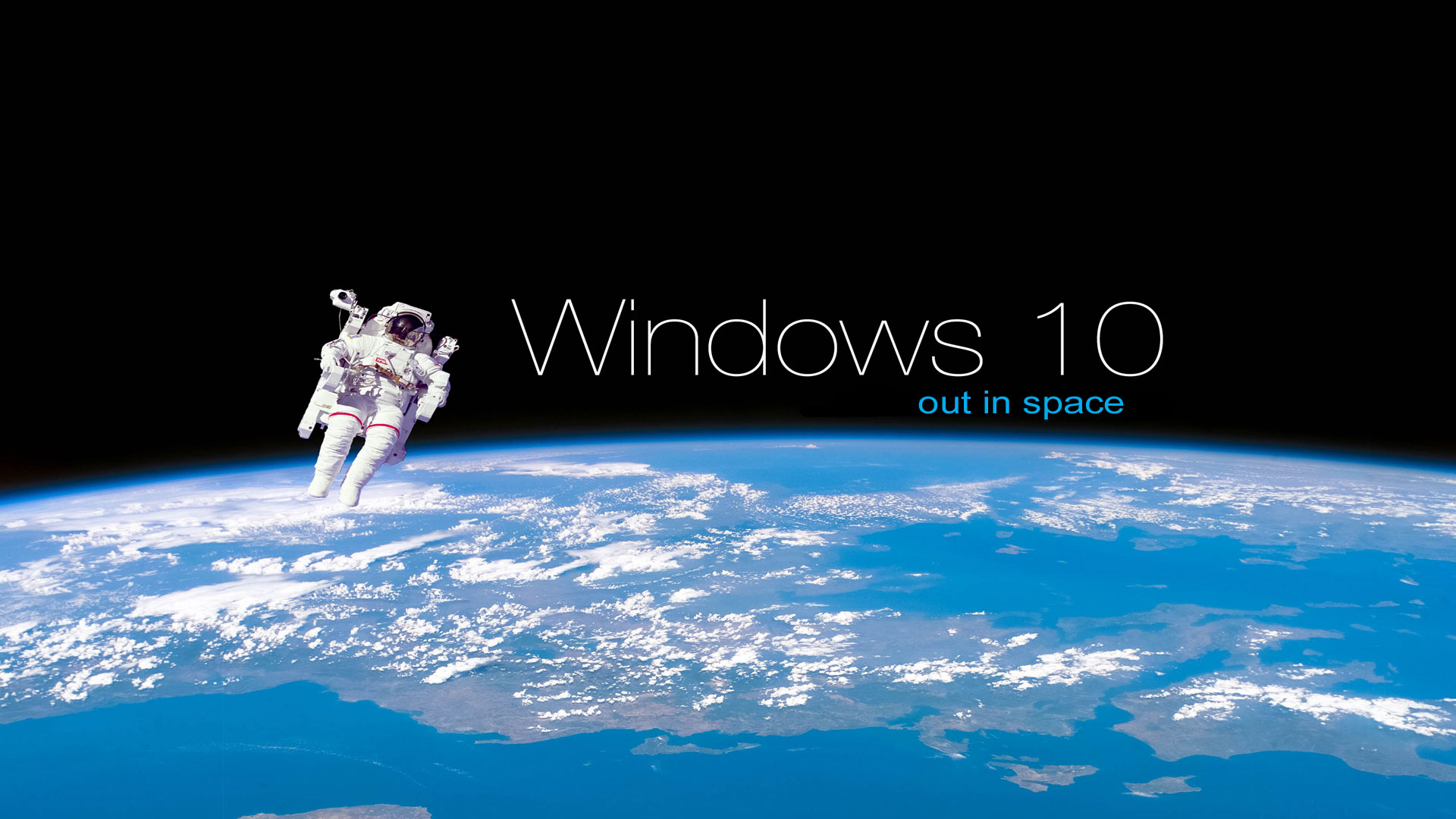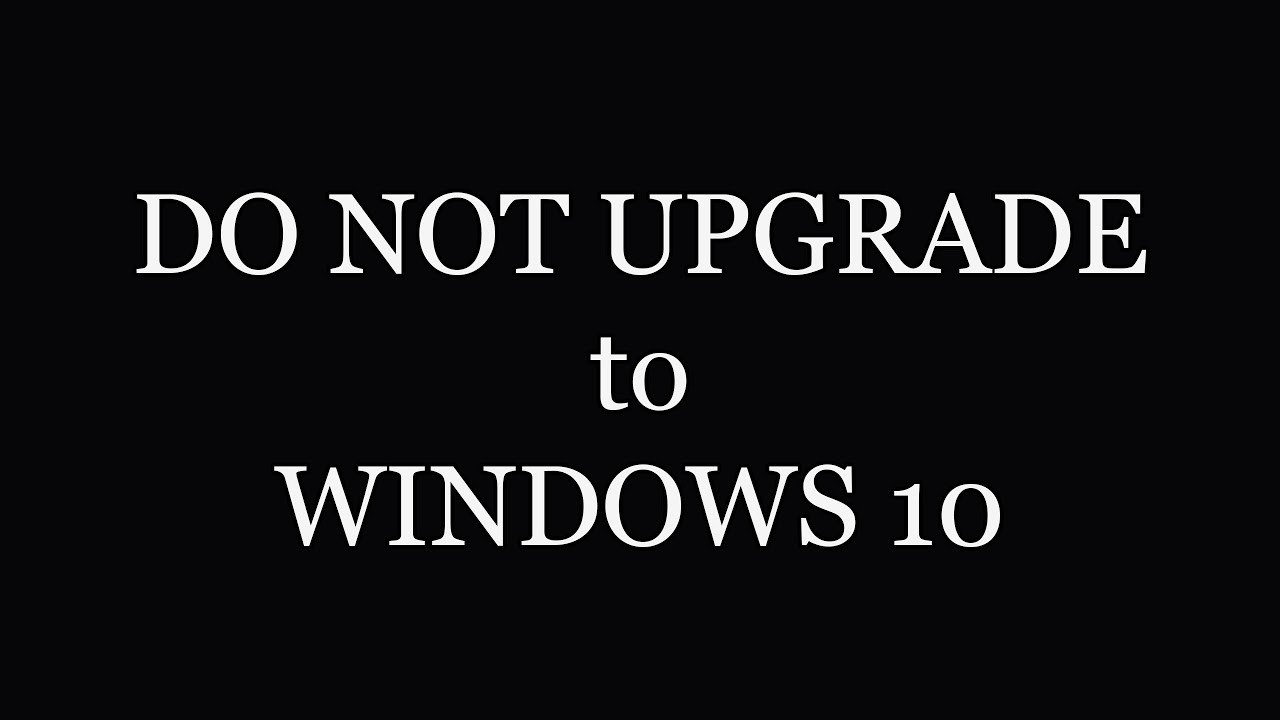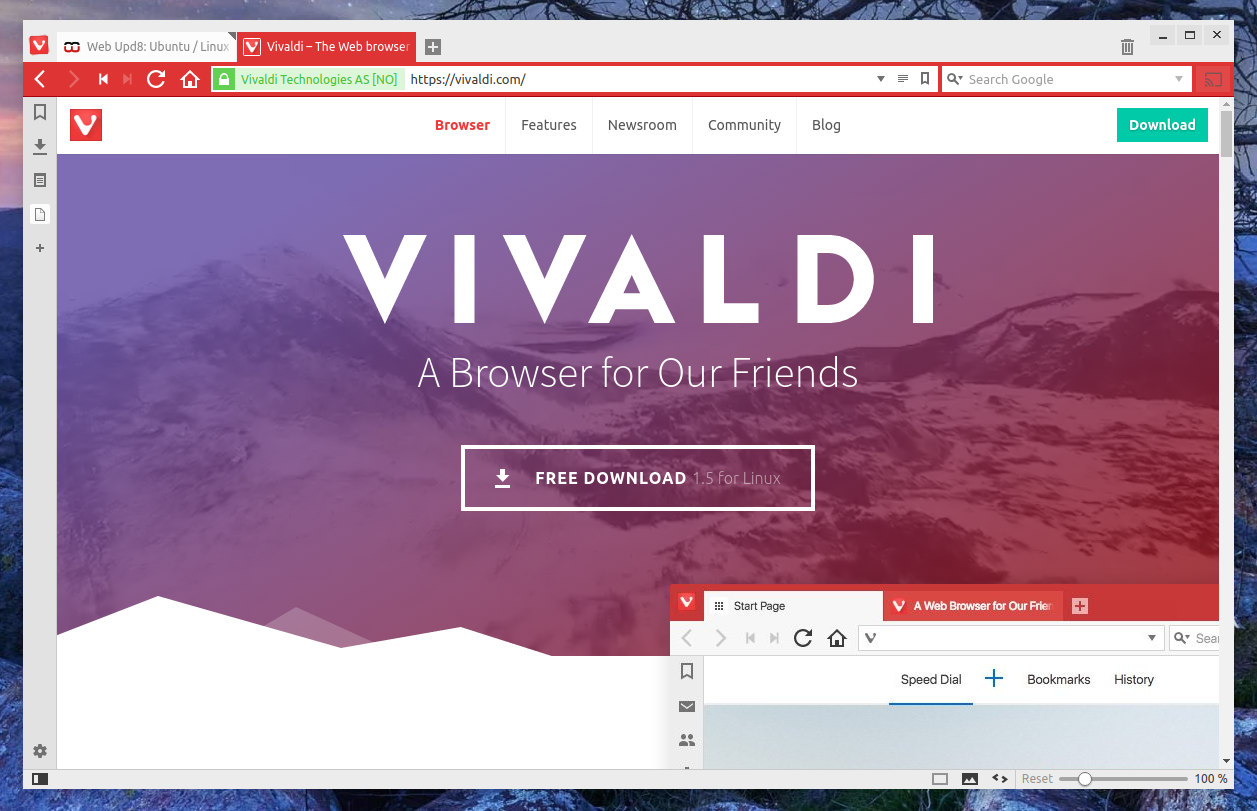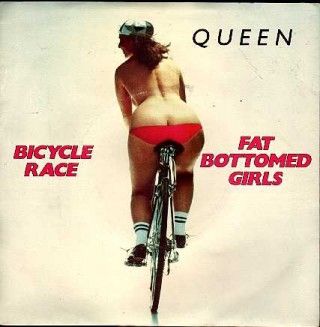Just a few years ago NFTs were going to be the new Bitcoin and were being heralded as an amazing investment opportunity.
But they are not doing so well any more. In fact people seem to be saying the bloody things are now worthless and all the gullible numpties who bought them got stiffed
According to a new report by dappGambl that reviewed data from NFT Scan and CoinMarketCap, 69,795 out of 73,257 NFT collections have a market cap of 0 Ether, leaving 95% of those holding NFT collections – or 23 million people – with worthless investment.
NFTs, or non-fungible tokens, are a form of crypto asset that is used to certify ownership and authenticity of a digital file including an image, video or text.
The report comes nearly two years after the craze for NFTs swept up celebrities and artists alike, with many rushing to purchase NFT collections of the Bored Ape Yacht Club and Matrix avatars.
In March 2021, the crypto entrepreneur Sina Estavi made headlines when he paid $2.9m for an NFT of the first tweet from the former Twitter boss Jack Dorsey. Meanwhile, in December 2021, the former first lady launched an NFT collection named Melania’s Vision which included a limited edition digital artwork of her eyes.
https://www.theguardian.com/technology/2023/sep/22/nfts-worthless-price
Not that NFT's were ever going to have any real purpose or long term value:
https://cult.honeypot.io/reads/10-reasons-why-nfts-are-dumb/
These are the ten most expensive NFT's of all time:
10. Stay Free – $5.27 Million
Stay Free is the tenth most expensive NFT ever sold.
The Stay Free NFT came into existence when NSA whistleblower Edward Snowden, entered the NFT bandwagon in April 2021. The Stay Free NFT covers the entirety of the 2015 Second Circuit Court of Appeals decision in ACLU v. Clapper, which ruled that the National Security Agency’s surveillance activities violated the laws.
“Emerging applications of cryptography can play an important role in supporting our rights,” Snowden had mentioned during the announcement of his own NFT. He further went on to add that the funds from the auction will allow the Foundation to develop privacy-protecting encryption, ensuring press freedom.
It was bought by PleasrDAO, a decentralized autonomous organization.
Stay Free portrays Snowden against the text of the hearing with his signature on the bottom right, which is a one-of-its-kind artwork. Snowden went on to sell the artwork for $5.27 million and donated the proceeds to the Freedom of the Press Foundation, which is a non-profit that advocates for free speech and press freedom around the world. It is produced using open-source software.
9. Save Thousands of Lives – $5.23 Million
This artwork was sold to programmer Paul Graham at a charity auction. This artwork aims to help fund Noora Health’s efforts with new mothers in South Asia by teaching them how to take care of their babies once they get home from hospitals.
Noora Health has been working with more than 165 hospitals in the region and works with the families of the new mothers, by educating them on how to keep the mother and the baby healthy and safe.
This artwork was sold for $5.1 million or 1,337 ETH, saving lives at a cost of $1,235 for every life saved.
8. World Wide Web Source Code – $5.4 Million
Sir Tim Berners Lee, the founder of the World Wide Web decided to explore the NFT ecosystem when he decided to sell an NFT that consisted of the original source code for the web. It’s an artistic representation of the web source code, bundled together as an NFT.
The artwork which was titled “This Changes Everything” went on sale at Sotheby’s with critics complaining about the same. Many said that this went against the web’s decentralized nature.
However, the sale went on ahead and garnered $5.4 million. Interestingly, days after the artwork was sold, someone pointed out a coding error in the artwork sold.
7. CryptoPunk #5217 – $5.59 Million
The CryptoPunk #5217 is one of the 24 ape punks wearing a knitted hat and a gold chain. Features on the #5217, our second CryptoPunk on the list, are considered to be quite rare and unique by the Punk enthusiasts as well.
The CryptoPunk #5217 is currently owned by the address 0xe30161 and isn’t up for sale.
6. Ocean Front – $6 Million
The Ocean Front is an artwork by graphic designer NFT artist Mike Winkelmann, popularly known as Beeple.
Ocean Front tries to create awareness around climate change and showcases a tree sitting atop cargo containers in the middle of the ocean. What makes Ocean Front one of the most popular NFTs is the way it highlights a real-world social problem.
Justin Sun, Founder and CEO of the Tron Foundation won the winning bid for the artwork at around $6 million. The proceeds from the Ocean Front sale are going to benefit the Open Earth Foundation, a nonprofit organization working to avoid the existential risk of climate change.
The Open Earth Foundation is working on “raising assets to foster an imaginative open advanced framework for further developed administration of planet Earth helping track straightforwardly the worldwide advancement on the Paris Agreement to keep away from the existential danger of environmental change.”
The artwork was sold on Nifty Gateway.
5. Crossroad – $6.66 Million
Another one from the drawing board of Beeple is Crossroads. Back when it was sold in February 2021, it remained the most expensive piece of digital art ever sold for a brief amount of time.
Crossroad is an artwork focused on the US elections, and supposedly showcases a defeated Donald trump lying in the background after the 2020 results. However, it was supposed to showcase him wearing a crown, had he won.
The NFT was sold for $6.66 million by Nifty Gateway, which brokered the deal between the original owner of the artwork and an anonymous buyer. It was sold at 10x of its original price within four months of its initial purchase.
4. CryptoPunk #3100 – $7.51 Million
Yet another CryptoPunk on the list is CryptoPunk #3100, which was sold for $7.51 million. The #3100 is one of the rarest CryptoPunks, known as the alien punks, and sports a headband. It was sold for 4,200 ETH or $7.51 million in March 2021.
Out of the 10,000 Cryptopunks out there, there are 9 alien aliens, that make them enviable amongst the NFT enthusiasts.
3. CryptoPunk #7804 – $7.56 Million
At $7.56 million, CryptoPunk #7804 is one of the 9 aliens, similar to the one mentioned above. The person behind the sale of this NFT was Dylan Field, the CEO of design software Figma.
Sold in March 2021, the #7804 sports three accessories- a forward cap, shades, and a pipe. The pipe adds to the rarity of this NFT.
2. CryptoPunk #7523 – $11.8 Million
This appalling picture of a CryptoPunk in a face nappy sold for $11.8 million proving that NFT market is utterly retarded...
"It sports a face mask that provides it a sense of relevance during COVID-19. Moreover, it comes from the group of 9 Alien CryptoPunks. The face mask adds to the uniqueness, making it the only Alien Punk with a mask"
Great that makes it extra cool!
1. Everydays: The First 5000 Days – $69.3 Million
The winner of the most expensive NFTs ever sold is Everydays: The First 5000 Days by Mike Winkelmann which was sold at Christie’s.
Everydays is an artwork that represents a collage of 5,000 of Beeple’s earlier artworks he made every day in the last 5,000 days. Mike Winkelmann stated that he was inspired by British artist Tom Judd and began with the Everydays project on 1t May 2007. The artwork consists of images ordered chronologically with some of the images actually being hand-drawn. It was purchased by Vignesh “MetaKovan Sundaresan.
The second-highest bidder for Everydays was Justin Sun, the founder of Tron, who was snipped at $60.2 million by Sundaresan.
This post is mostly copied from
https://insidebitcoins.com/buy-cryptocurrency/buy-nft/most-expensive-nfts


.png)
















.jpg)








































